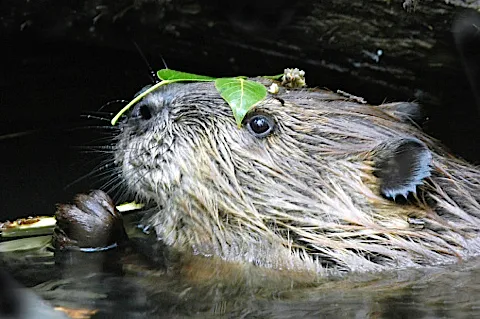A five-year trial reintroducing beavers into the Scottish countryside ends this month to await a decision on their long-term future in Scotland.

The Scottish Wildlife Trust, The Royal Zoological Society of Scotland and their hosting partner Forestry Commission Scotland have undertaken The Scottish Beaver Trial in the Knapdale Forest, Argyll, Scotland.
16 Eurasian beavers were transferred from Norway between May 2009 and September 2010 and have produced 14 beaver kits in the four lochs which they now inhabit.
Beavers disappeared from Scotland 400 years ago after rigorous hunting and loss of habitat. Their re-establishment is part of the Trial exploring their impact on the ecosystem, forestry and biodiversity.
Simon Jones, Project Manager said "The reintroduction of the beaver to the UK is of national importance…in restoring some of our most important wetland habitats at an ecosystem scale."
Through their construction of dams made from tree trunks, branches and twigs, beavers create habitats for insects, birds and fish. Their dams slow the movement of water, filtering silt and agricultural runoff to provide better water quality. Their coppicing activity also helps diversify the surrounding habitat.
The socio-economic impact of accommodating the beaver is also a strong factor in the Trial, which has generated opportunities for education and tourism in Knapdale.
While some landowners have voiced concern about the impact of beavers on agricultural land and trees, a recent YouGov poll suggested that 60% of Scots supported their reintroduction.
A report of the Trial will soon be compiled and evaluated by Holyrood to decide on the future of beavers in the Scottish countryside.
